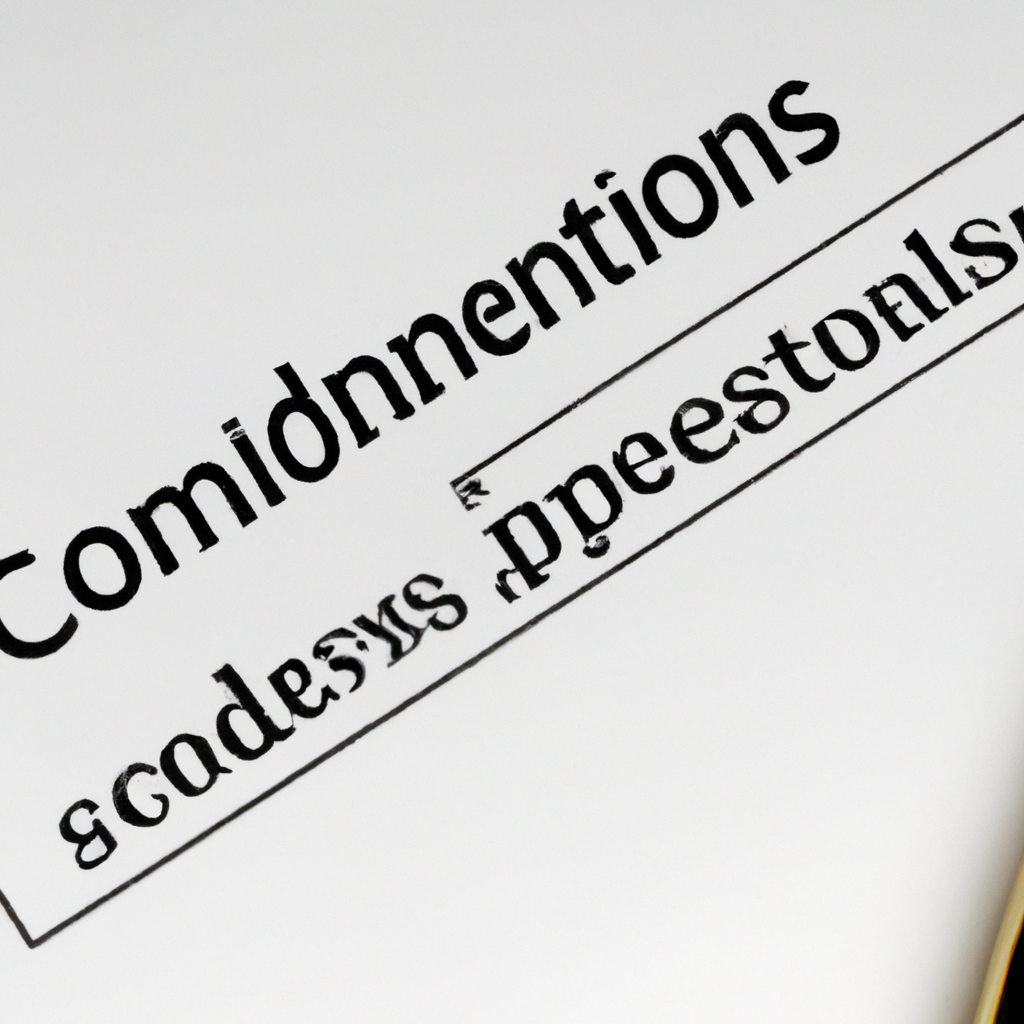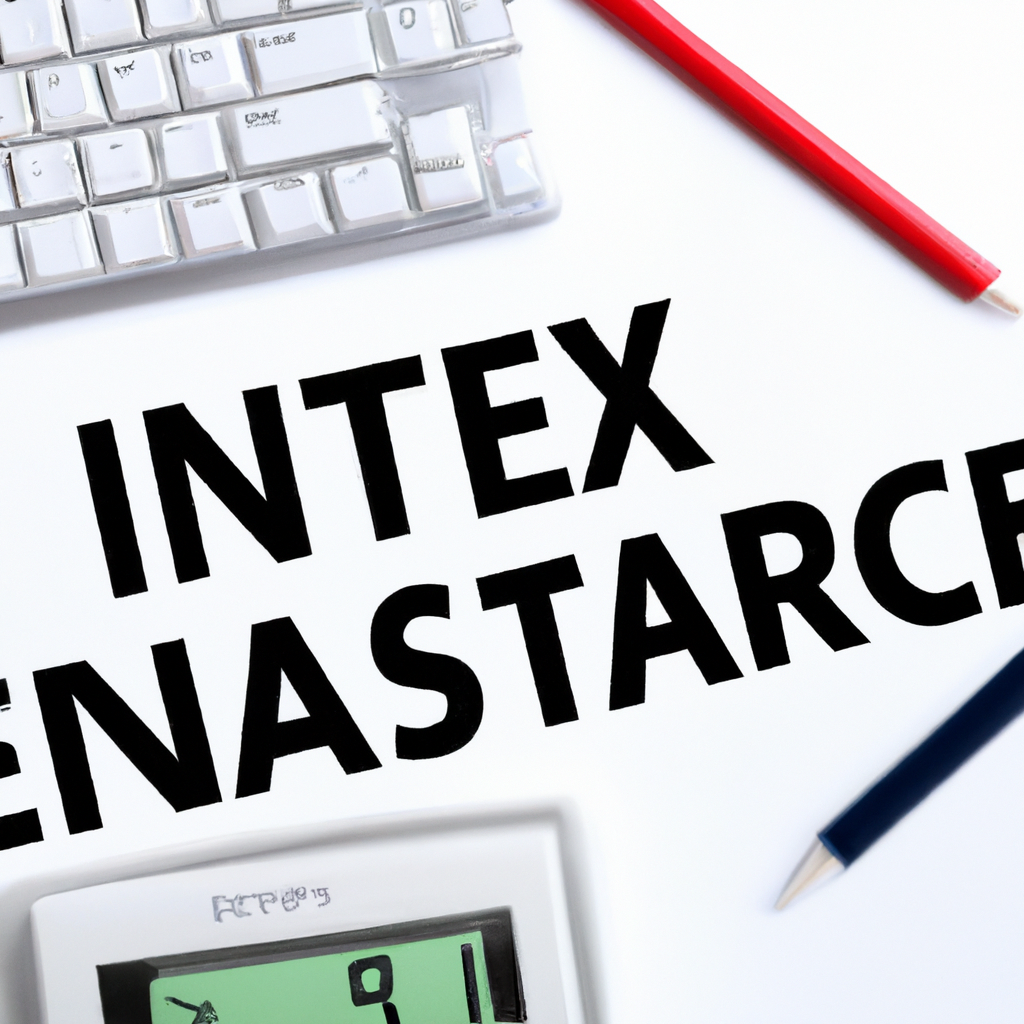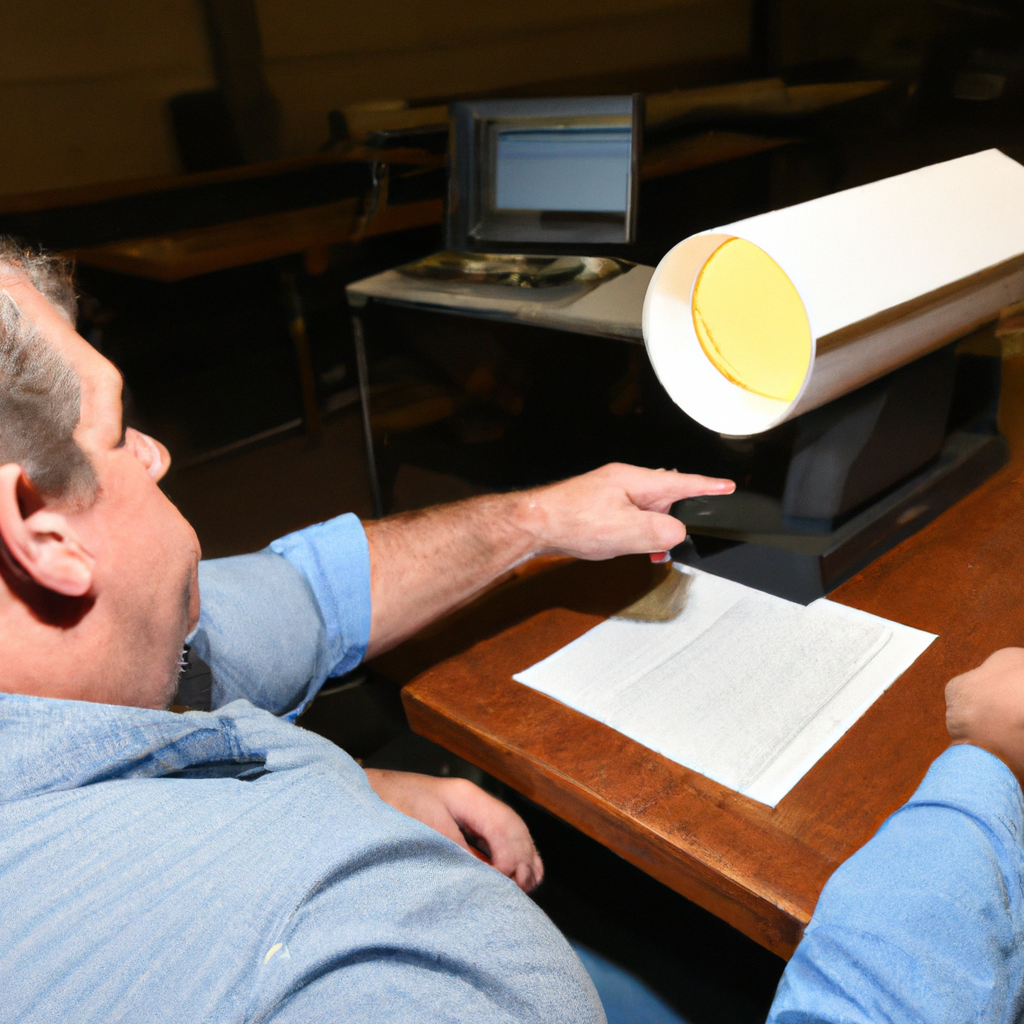
Backtesting with Historical Data
Backtesting is a crucial step in developing and evaluating trading strategies. By using historical data to simulate how a strategy would have performed in the past, traders can gain insights into its potential effectiveness in the future. In this article, we will explore the process of backtesting with historical data.
Choosing Historical Data
The first step in backtesting is selecting the appropriate historical data to use. This data should be representative of the market conditions that the strategy will be trading in. It is important to consider factors such as the time period, frequency of data, and asset classes included.
Defining the Strategy
Next, you need to clearly define the trading strategy that you want to backtest. This includes setting the entry and exit criteria, risk management rules, and any other parameters that will guide the strategy’s execution.
Setting Up the Backtesting Environment
Once you have chosen your historical data and defined your strategy, you will need to set up a backtesting environment. This can be done using a trading platform or programming language that allows you to simulate trades based on historical data.
Running the Backtest
With your backtesting environment in place, you can now run the backtest using your chosen historical data and strategy parameters. This will generate a series of simulated trades that you can analyze to evaluate the strategy’s performance.
Analyzing the Results
After running the backtest, it is important to carefully analyze the results to determine the effectiveness of the strategy. This includes looking at metrics such as profitability, drawdown, and risk-adjusted returns to assess how well the strategy performed under historical market conditions.
Iterating and Optimizing
Based on the results of your backtest, you may need to iterate and optimize the strategy to improve its performance. This could involve tweaking the parameters, adding new rules, or even discarding the strategy altogether if it proves to be ineffective.
Conclusion
Backtesting with historical data is an essential tool for traders looking to develop and evaluate trading strategies. By carefully selecting historical data, defining a strategy, setting up a backtesting environment, running the backtest, analyzing the results, and iterating and optimizing, traders can gain valuable insights into the potential effectiveness of their strategies in real-world market conditions.





